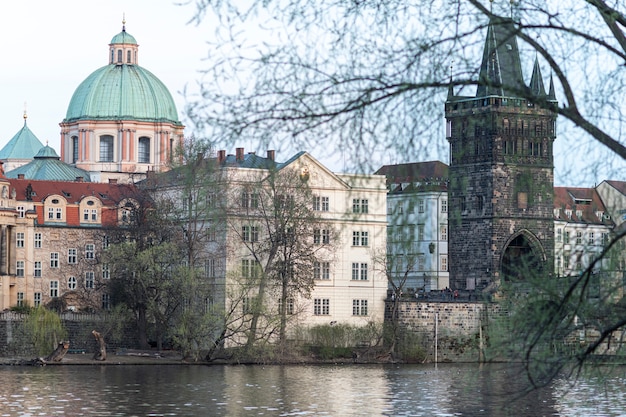
Do you think museums are dull and boring? Have you ever walked into a museum and wanted to leave almost immediately? I’ve felt that way too! It can feel wrong to take something out of its original context, place it behind glass with a dry explanation, and expect visitors to be captivated by the display. Fortunately, the world of museums is quite diverse, offering collections to suit any taste or interest.
Some museums provide interactive content, while others keep everything in the industry’s original setting. I’ve compiled a list of 10 fascinating German museums that are sure to change your mind about museum visits.
If you’ve been to Germany, you know how significant Bratwurst (sausage) is for Germans. Every province and county has its own recipe, with Thuringia’s perhaps being the most famous. Sausages are sold everywhere—from markets and supermarkets to food carts and restaurants. The 1st German Museum of the Bratwurst is a great example of this cultural staple. Located on Bratwurstweg (Sausage Road), it features machinery used in sausage production, the oldest receipt for a sausage feast, documents, and anecdotes. There’s even a Sausage Theater and a Sausage Restaurant offering Thuringian specialties.
Next up is the Kartoffelmuseum in Munich, dedicated to potatoes. Potatoes were crucial for post-WWII Germany, preventing widespread starvation. The museum’s collection covers the history of potato harvesting, market scenes, potato-inspired art, and various uses of potatoes beyond just food.
Hygiene is another interesting theme for a museum. The Deutsches Hygiene-Museum in Dresden goes beyond just washing hands and brushing teeth. It explores living and dying, sexuality, beauty, and more through interactive exhibits that invite visitors to participate in experiments.
For a unique experience, visit the Museum der Badekultur, which covers the history of bathing culture. Its collection spans from Roman toiletries and medieval bathhouses to modern beach fashion. Various multimedia stations help visitors engage with the exhibits.
Carnival is another fascinating aspect of German culture. The Deutsches Fastnachtmuseum in Kitzingen hosts one of the largest collections of carnival-related items, including costumes, medals, literature, and masks dating from medieval times to today.
Zeche Zollverein in Essen, a UNESCO World Heritage site, offers an extensive look at the coal mining industry. This massive complex features multiple museums and attracts 1.5 million visitors per year. You’ll need several days to explore everything, and you can even book packages with overnight stays.
If stained glass windows captivate you, the Glasmalerei Museum in Linnich is a must-visit. This unique museum showcases the history of stained glass production along with contemporary works on seven sunlit floors. You can also participate in workshops to create your own stained glass art.
The Deutsches Bergbau Museum in Bochum features impressive mining machinery and a 70+ meter high headframe that offers panoramic views if the weather is good. Visitors can also explore a visitor mine with a 2.5 km network of tunnels to get a real sense of underground mining work.
For a more hands-on mining experience, the Sauerländer Besucherbergwerk Ramsbeck lets you ride an original miners’ train into the depths of the mountain. Guided by a former miner, you’ll see machinery, understand ore transportation, and even learn where miners used the toilet during shifts.
Lastly, the Government Bunker in Bad Neuenahr-Ahrweiler is steeped in Cold War history. Built to protect West Germany’s government during an atomic war, it’s well hidden and maintained a high level of secrecy. Today, you can visit only via guided tours.
Not all museums are dull. Some are incredibly fascinating and even mind-blowing. If any of these piqued your interest, consider sharing your thoughts!




